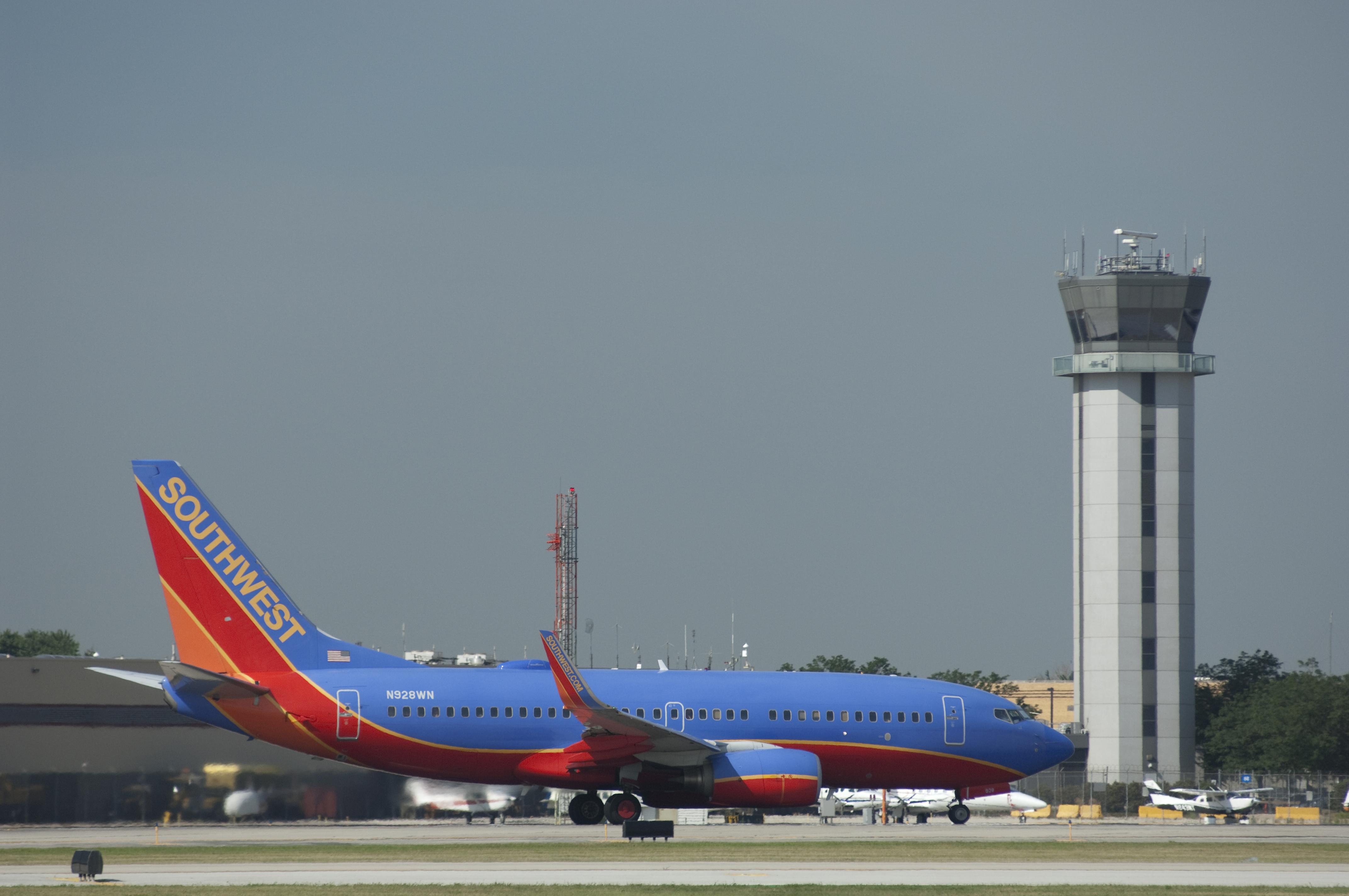
WASHINGTON—The FAA on April 1 listed 21 air traffic control (ATC) facilities that have been affected by the COVID-19 coronavirus, one more than double the number the agency reported a week earlier.
The FAA listed 11 airport towers, five air route traffic control centers (ARTCCs) and five terminal radar approach control (TRACON) facilities in 12 states that have been cleaned after employees or other personnel tested positive or were presumed positive for the coronavirus.
The agency had listed 10 affected facilities on March 24. It announced the first affected facility—the tower at Chicago Midway International Airport—on March 17. An interactive map is available at https://www.faa.gov/coronavirus/map/
Not all of the facilities in the latest count involved positive test findings for the coronavirus. A “presumptive positive test” from the tower at John Wayne Airport in Santa Ana, California was ruled negative on March 28, the FAA reported. County officials closed a non-FAA tower at Elkhart Municipal Airport near Elkhart, Indiana although there were no positive cases, according to the FAA listing.
ATC facilities control different phases of flight: towers handle takeoffs and landings; TRACONs are responsible for approaches and departures; ARTCCs manage high-altitude en route traffic.
Temporary closures because of the coronavirus have forced the FAA to increasingly rely on contingency plans, which involve shifting responsibilities between different facilities.
Citing a “flexible schedule agreement” it had seen, Reuters reported on March 30 that the FAA was dividing personnel into the maximum number of crews possible at each facility in response to a sharp decline in flights and to keep employees within the same groups to limit their exposure to the virus.





